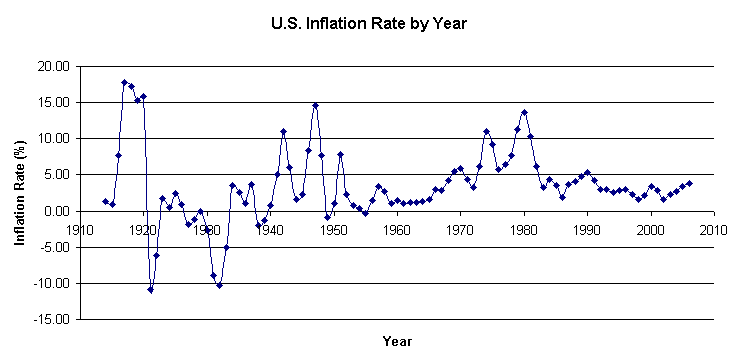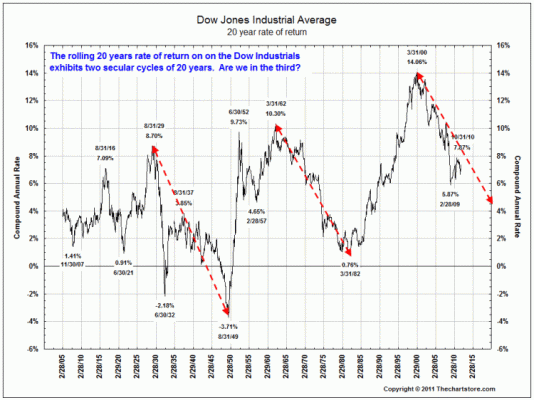Midpack
Give me a museum and I'll fill it. (Picasso) Give me a forum ...
Occasionally we see posts using 4% as a "safe" withdrawal rate for early, even very early retirees. The classic 4% SWR is based on retiring at age 65 and planning on 30 years, IOW success rate for the portfolio out to age 95. The success rate for early retirement assuming a 4% WR is lower all else being equal, or a lower WR is implied to maintain the desired success rate. Just plugging into FIRECALC FWIW...
Success rate 1871 thru 2011
Remember these success rates are based entirely on past history. A 100% success rate means the plan would never have failed had your plan ended in 2011 or earlier. Whether or not future real returns will fall within the range of past results is unknown, but we all hope that will be the case.
And while we'd all like a 100% success rate, people have retired successfully at much lower success rates. The Retirement Calculator from Hell articles noted "A wildly optimistic historian might give us another few centuries of economic, political, and military continuity. Back-of-the-envelope, that’s about an 80% survival rate over the next 40 years. Thus, any estimate of long-term financial success greater than about 80% is meaningless."
Success rate 1871 thru 2011
| Plan Years | 20 | 25 | 30 | 35 | 40 | 45 | |
| Retirement Age | 75 | 70 | 65 | 60 | 55 | 50 | |
| 4% WR | 100% | 98.3% | 94.6% | 92.5% | 86.1% | 84.4% | |
| 3.5% WR | 100% | 100% | 100% | 99.1% | 97.0% | 97.9%? | |
| 3.0% WR | 100% | 100% | 100% | 100% | 100% | 100% | |
Remember these success rates are based entirely on past history. A 100% success rate means the plan would never have failed had your plan ended in 2011 or earlier. Whether or not future real returns will fall within the range of past results is unknown, but we all hope that will be the case.
And while we'd all like a 100% success rate, people have retired successfully at much lower success rates. The Retirement Calculator from Hell articles noted "A wildly optimistic historian might give us another few centuries of economic, political, and military continuity. Back-of-the-envelope, that’s about an 80% survival rate over the next 40 years. Thus, any estimate of long-term financial success greater than about 80% is meaningless."


